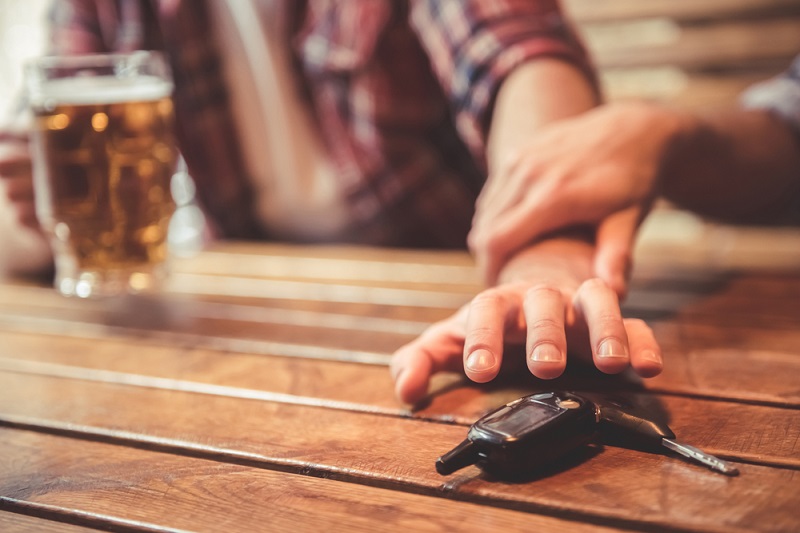
How Many Drinks Could You Have If the Blood Alcohol Limit Is Lowered?

To help reduce drunk-driving deaths, the legal limit for a person's blood alcohol level while driving should be lowered from 0.08 to 0.05 percent, according to new recommendations from a scientific committee.
The committee, which is a part of the National Academies of Sciences, Engineering and Medicine, made the recommendations as part of a new report on how to eliminate the approximately 10,000 deaths that occur each year in the United States as a result of drunk driving.
The committee said that a person's ability to operate a motor vehicle begins to decline even before their blood alcohol level reaches 0.08 percent. In addition, studies from other countries, including several European nations, have found that traffic deaths decreased after the legal blood alcohol limit was lowered from 0.08 to 0.05 percent, according to the National Transportation Safety Board.
But how many alcoholic drinks does it take to reach a blood alcohol level of 0.05 percent?
The exact number of alcoholic drinks it takes for a person to become impaired can vary depending on a number of factors, including the individual's weight, age, sex and ability to break down alcohol, the report said.
But as a ballpark figure, a 160-lb. (73 kilograms) man could reach a blood alcohol level of 0.05 percent after two standard drinks (for example, two 12-ounce beers) in one hour, and a 120-lb. (54 kg) woman could reach this threshold after about one standard drink in an hour, according to estimates from the West Virginia Alcohol Beverage Control Administration.
The state of Utah has already passed a law that would lower the legal blood alcohol limit for driving to 0.05 percent, the strictest in the nation, which goes into effect Dec. 30, 2018, according to the Associated Press.
Sign up for the Live Science daily newsletter now
Get the world’s most fascinating discoveries delivered straight to your inbox.
To further reduce drunk-driving deaths, the report also recommended that states increase alcohol taxes, strengthen policies to prevent the sale of alcohol to those under the legal drinking age, boost the use of sobriety checkpoints, increase the use of "ignition interlock" systems for those convicted of drunk driving and provide treatment for offenders with alcohol use disorders when needed.
Original article on Live Science.

Rachael is a Live Science contributor, and was a former channel editor and senior writer for Live Science between 2010 and 2022. She has a master's degree in journalism from New York University's Science, Health and Environmental Reporting Program. She also holds a B.S. in molecular biology and an M.S. in biology from the University of California, San Diego. Her work has appeared in Scienceline, The Washington Post and Scientific American.









